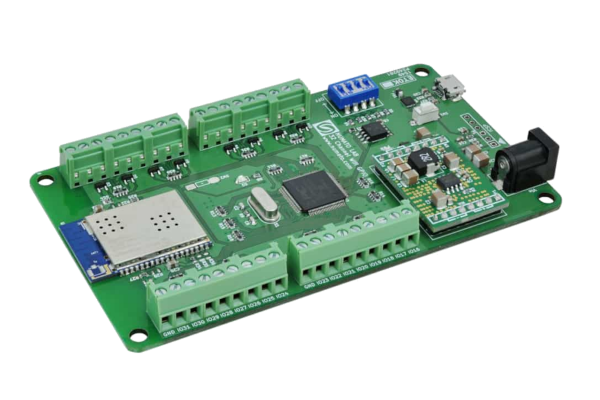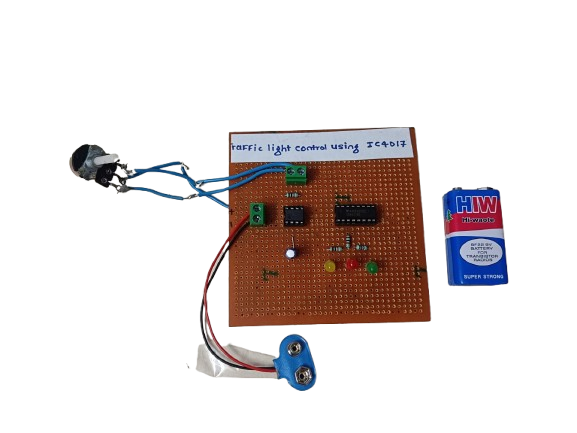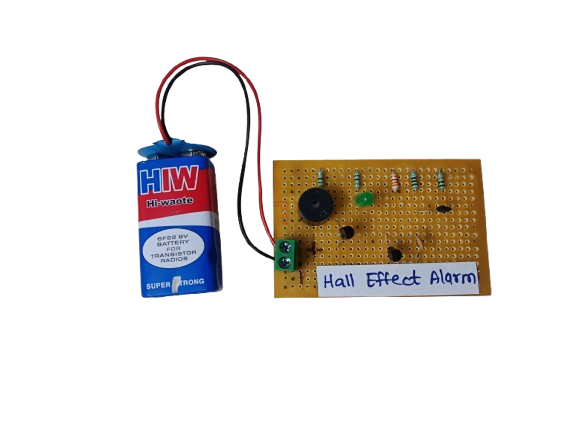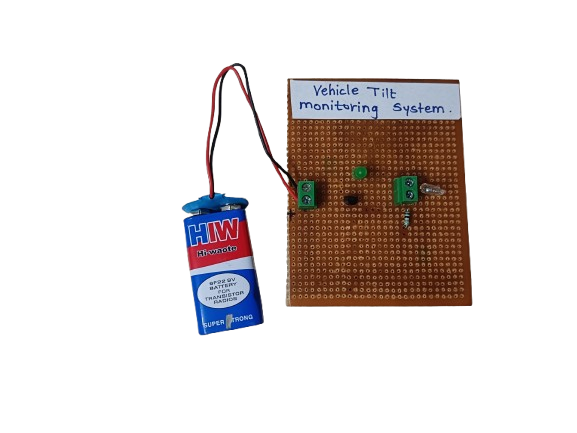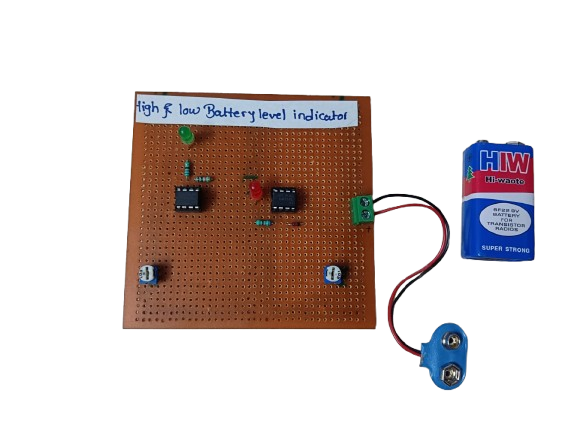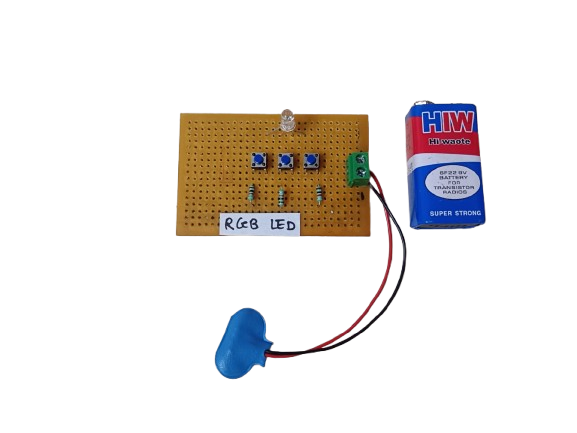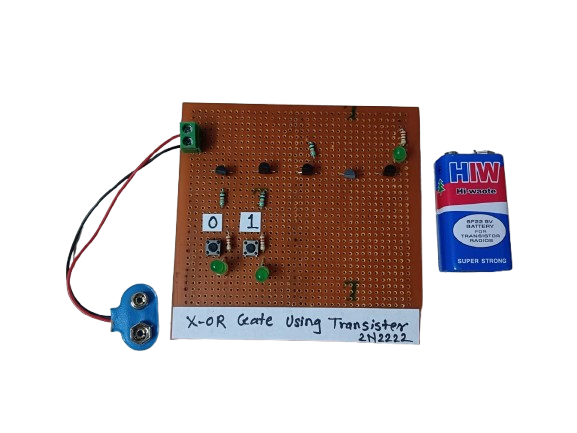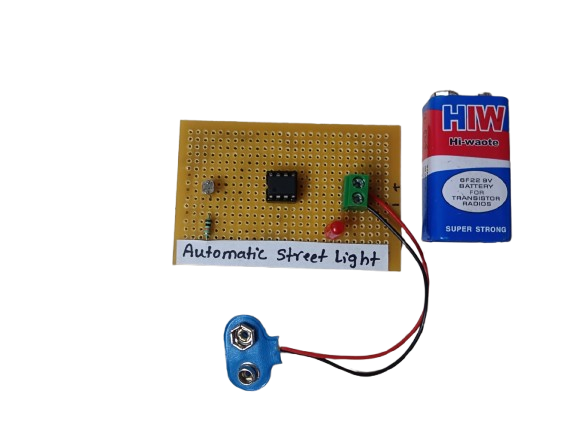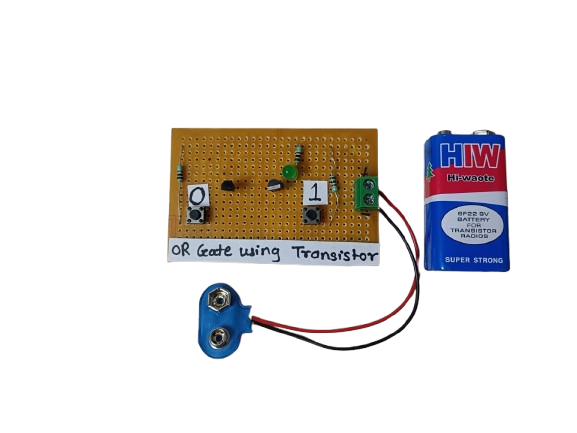Electronic Dice
₹190.00
In StockAn Electronic Dice is a digital version of a traditional dice, which generates a random number (1 to 6) and displays it using LEDs or a 7-segment display. It uses components like a 555 timer, counter IC (like CD4017), or microcontrollers such as Arduino to simulate dice rolls electronically.
Description
The Electronic Dice is a fun and educational electronics project designed to simulate the rolling of a physical dice using digital logic. Instead of tossing a cube, the user presses a button, and the circuit generates a random number between 1 and 6, which is then shown using LEDs (arranged in dice-dot pattern) or a 7-segment display.
The randomness is simulated using a 555 timer operating in astable mode, generating pulses that are fed into a counter IC (CD4017 or CD4026), which in turn activates specific outputs. When the button is released, the counting stops, and the current output represents the rolled number.
Applications:
1.Board Games
1.Replaces physical dice in games like Ludo, Snake & Ladder, Monopoly, etc.
2.Educational Kits
1.Great for learning digital electronics and random number generation.
3.Assistive Tech
1.Can be used by people with disabilities who have difficulty rolling dice.
4.Fun DIY Projects
1.Great for beginners and electronics hobbyists.
5.Casino or Gaming Machines
1.As a prototype or component in larger gaming circuits.
-
A traffic light control circuit using IC CD4017 is a simple digital electronics project that mimics the working of a real traffic light system. It uses the CD4017 decade counter IC along with a timer (usually 555 IC) to sequentially switch Red, Yellow, and Green LEDs, simulating the flow of traffic signals.
₹250.00 -
This project involves controlling a DC motor’s direction using an 8051 microcontroller, with a buzzer and LED indicating the motor’s rotation state. When the DC motor rotates forward, the microcontroller keeps the buzzer and LED off. However, when the motor is rotated in reverse, the microcontroller triggers both the buzzer and LED to turn on as a visual and audible indication of the motor’s reverse rotation




